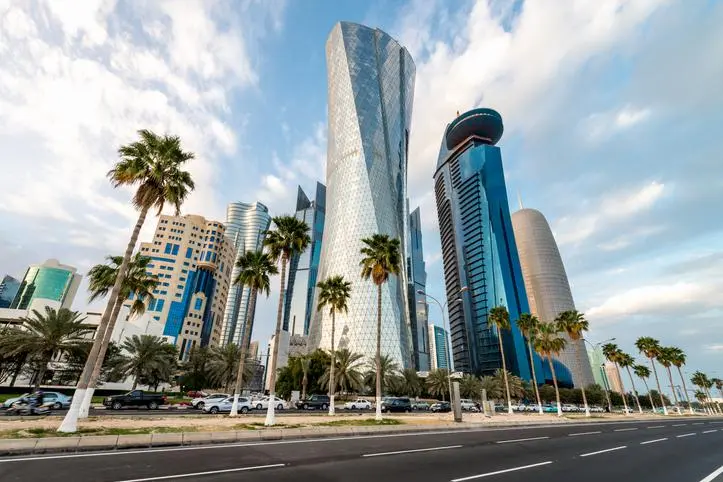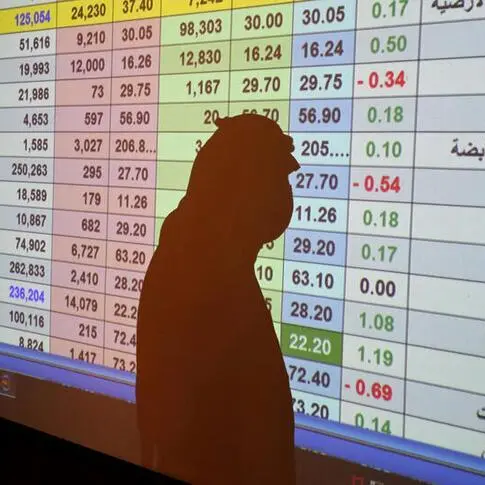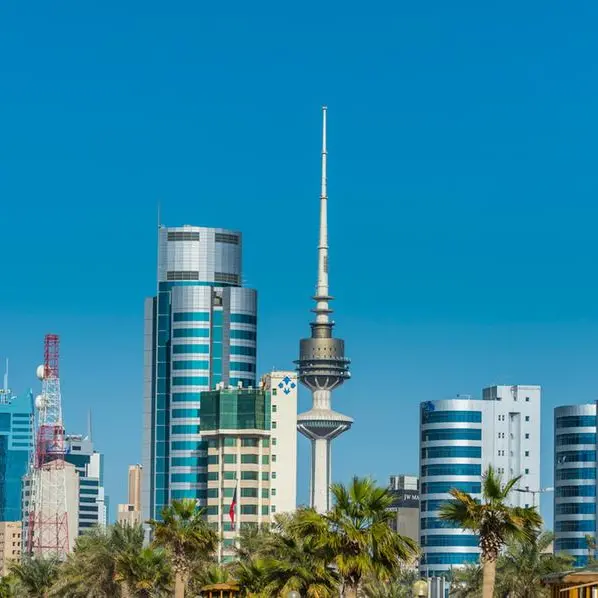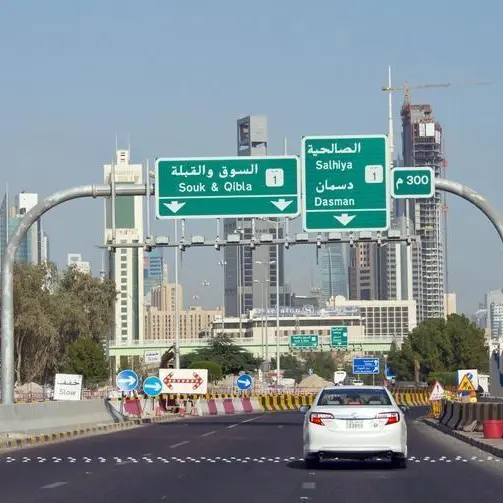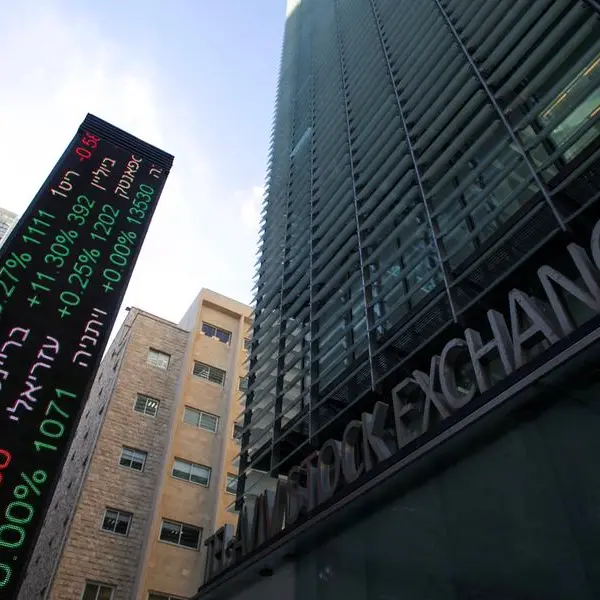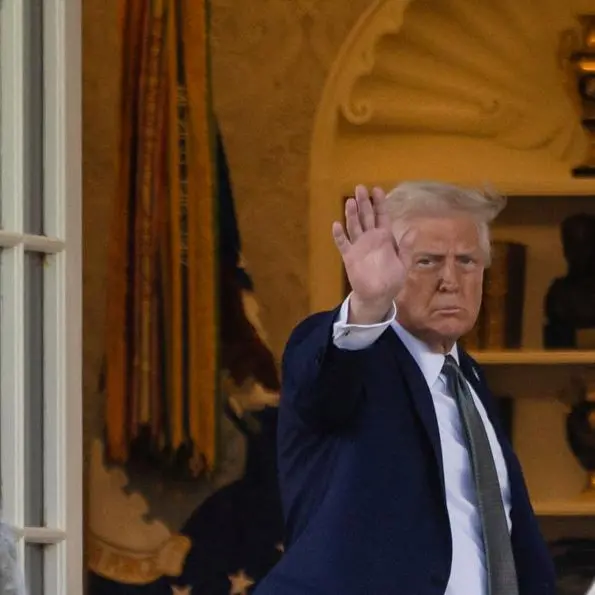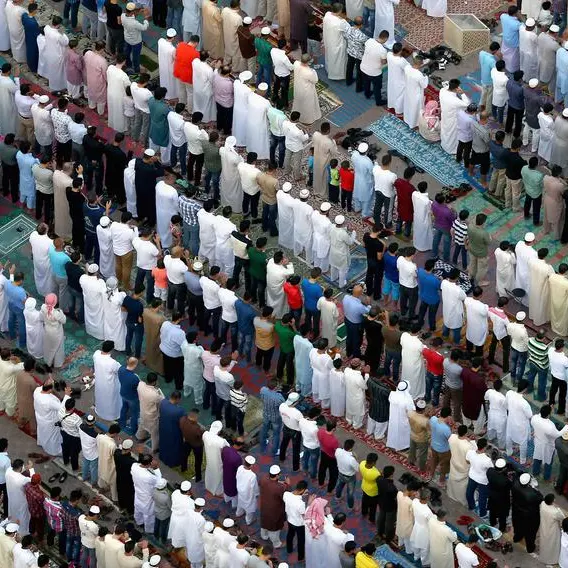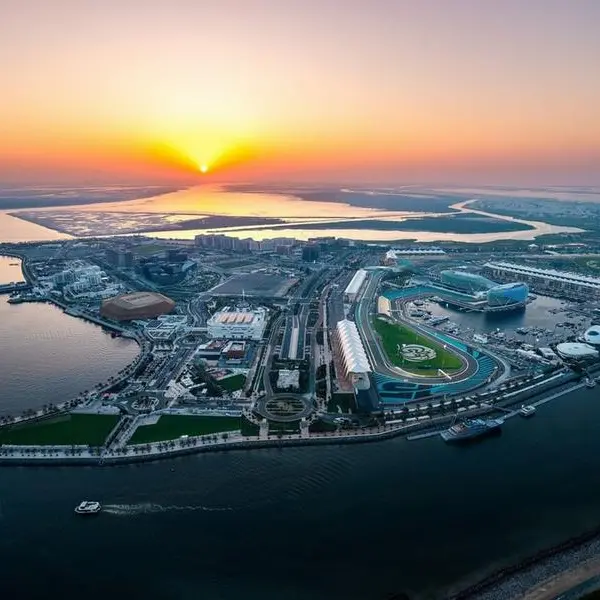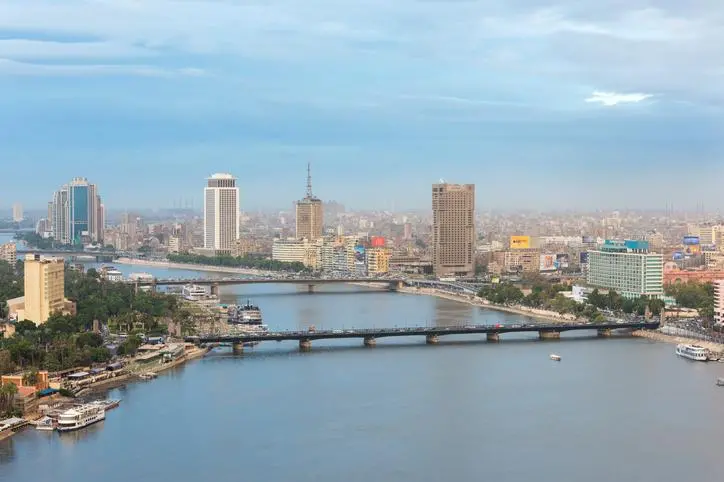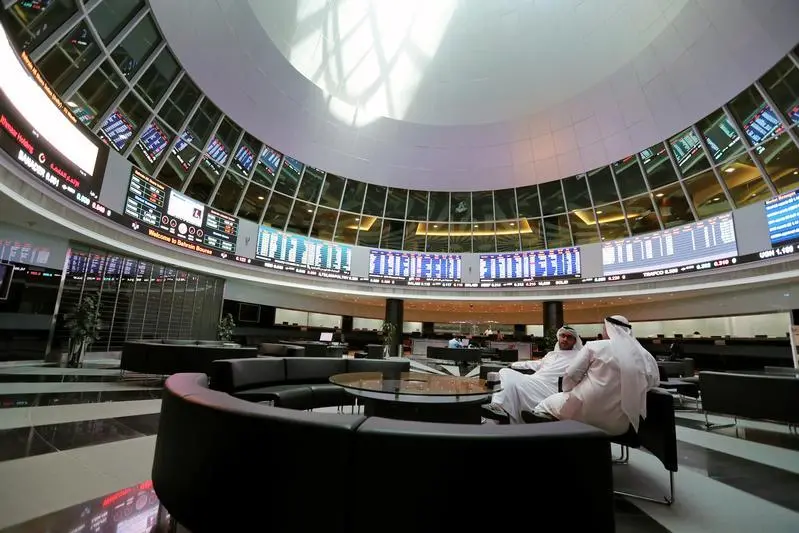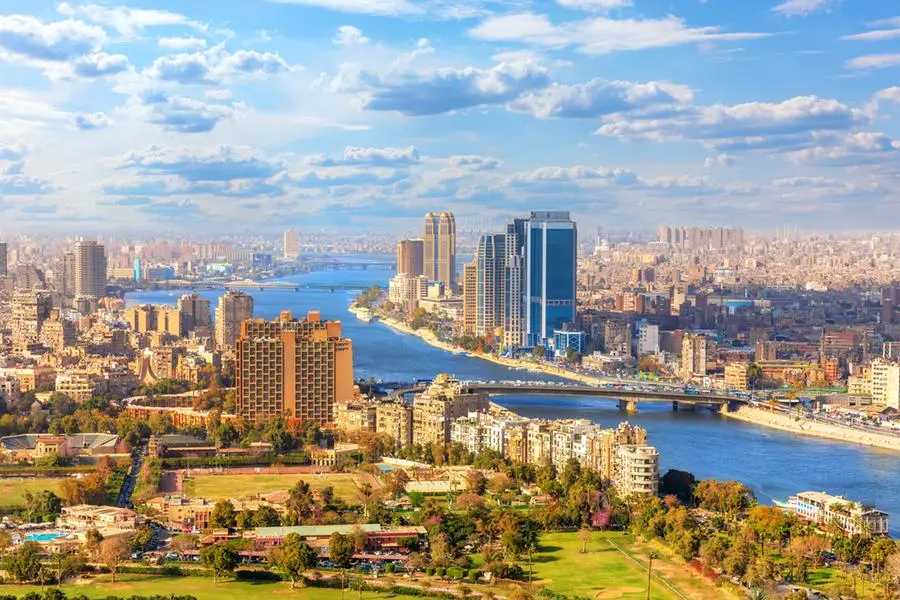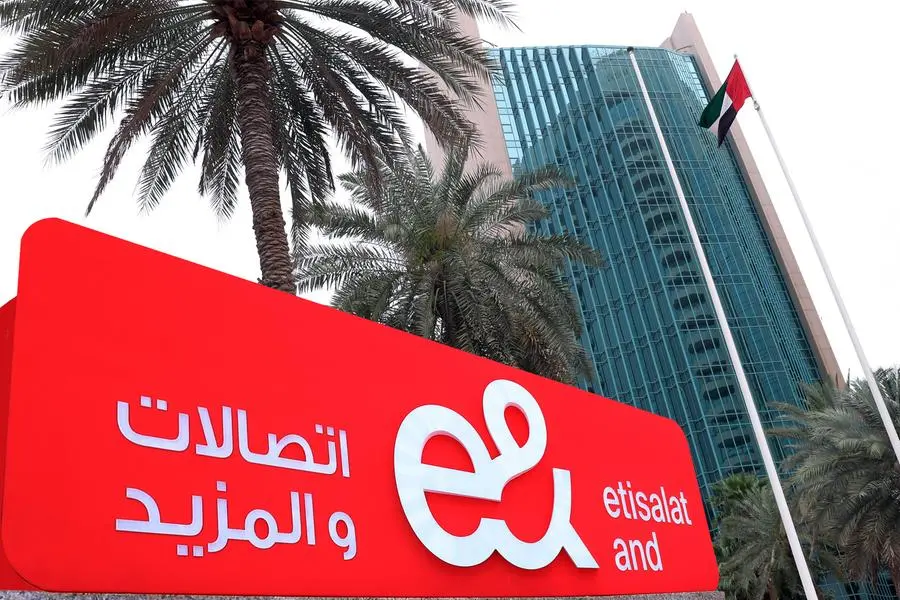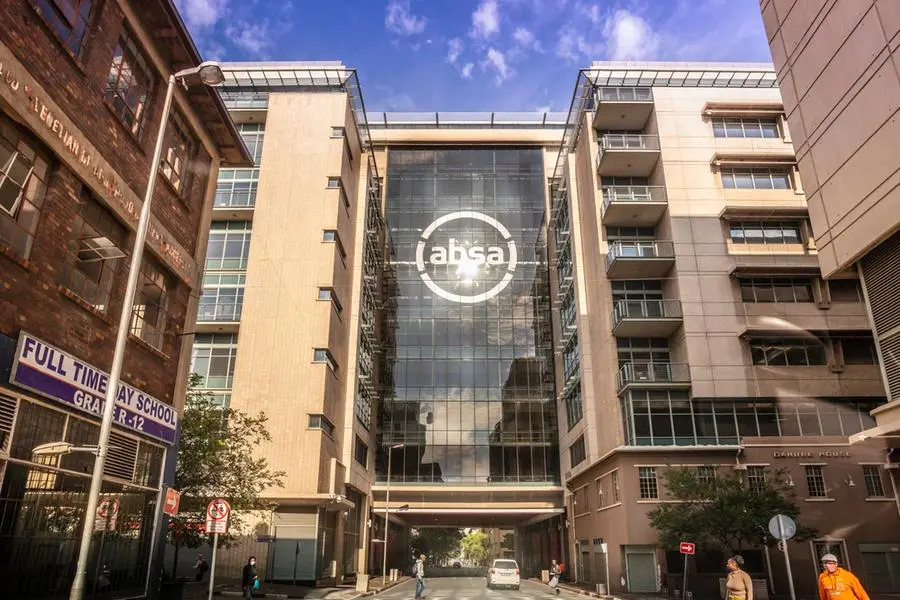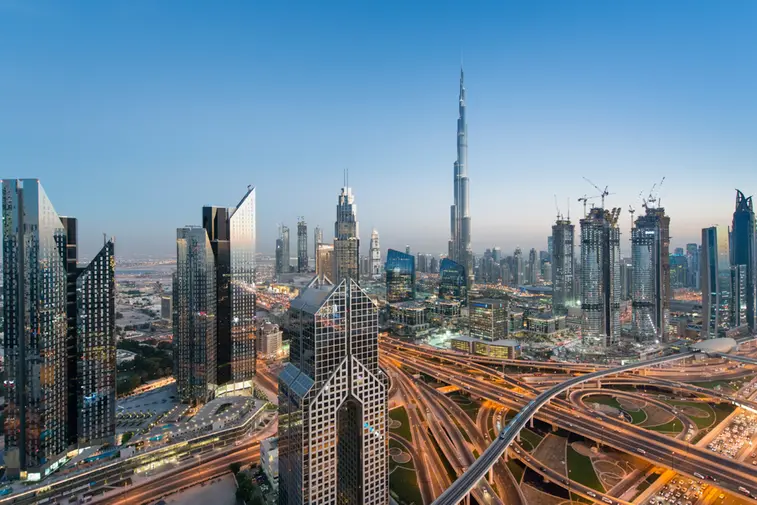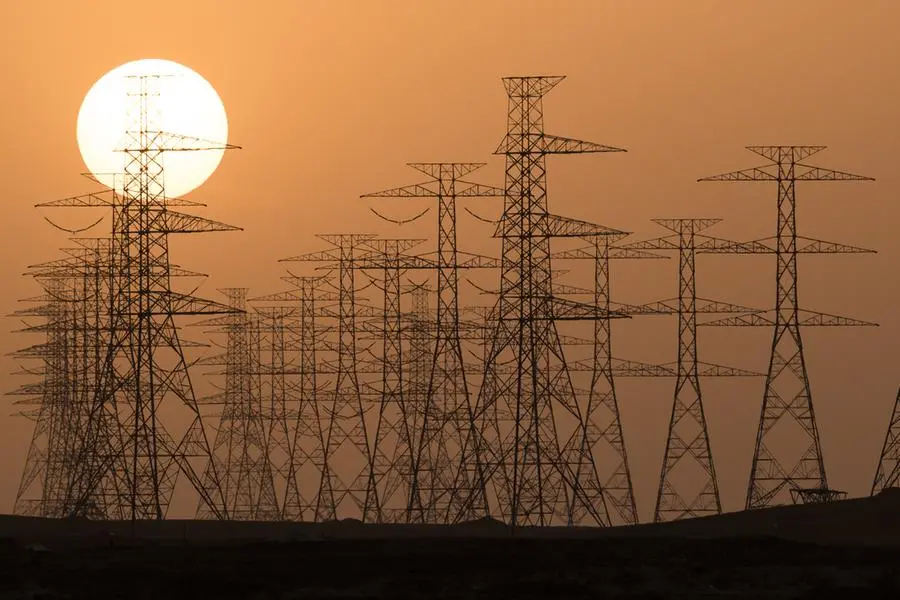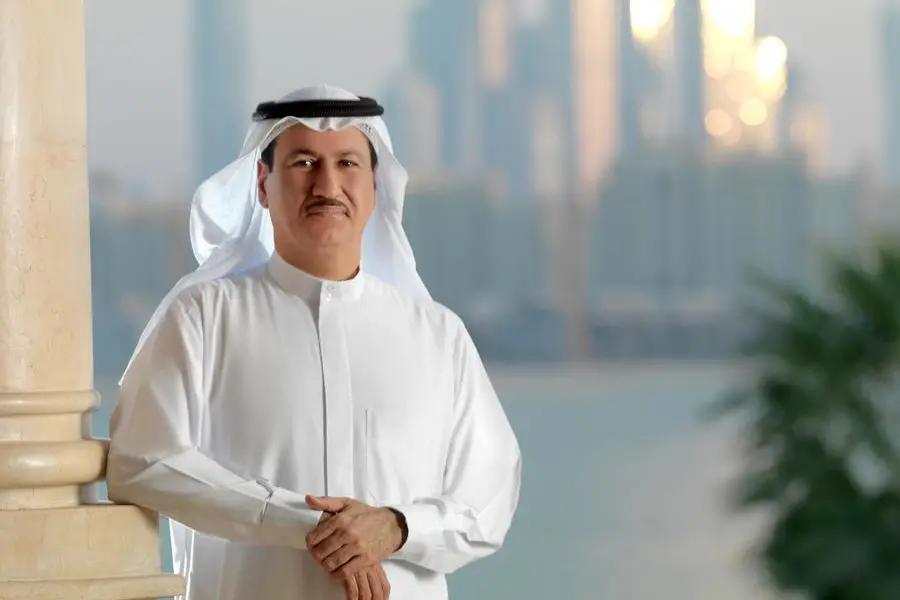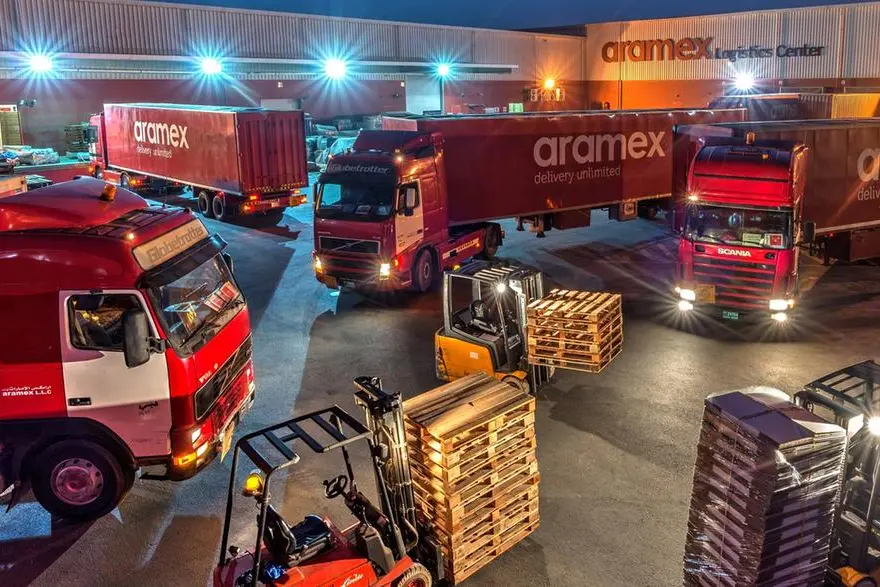PHOTO
Image used for illustrative purpose. Futuristic Skyscrapers and Office Buildings, Hotels at the famous corniche urban road and promenade in the capital city of Doha, Qatar, Middle East.
Economic growth in the Middle East is expected to reach around three per cent next year, a report showed on Thursday.
According to the Economist Intelligence Unit’s (EIU) Middle East Outlook 2024, the Gulf Co‑operation Council (GCC) states are expected to shrug off a slowing global economy in 2024, aided by a host of factors. A “loosening of Opec+ oil production quotas, relatively strong growth in key Asian markets, and trade and investment diversification strategies” are likely to drive the region’s growth, the EIU said in its report.
Geopolitical risks are intensifying in the region, with the Israel‑Hamas conflict showing no signs of easing, the EIU noted. “The Israel‑Hamas conflict will continue to reverberate throughout 2024 and fuel simmering resentment in the wider Arab world towards Israel and its Western allies; the outlook is bleak for Arab‑Israeli relations, and Iran’s proxies will be more disruptive after a period of relative calm,” the report said.
Iran faces a difficult foreign policy balancing act and a dire economic outlook in 2024; it will engage with the West to ease the weight of sanctions, while at the same time building relations with Gulf Arab states and further strengthening ties with China and Russia, the report said.
The Middle East will remain a focal point for new Eurasian transport corridors that offer alternative trade routes and geostrategic alliances for regional heavyweights and major international powers. “We forecast that Middle Eastern economic growth will rise by just under 3 per cent in 2024 following measly estimated growth of 1.8 per cent in 2023. The region’s largest economy, Saudi Arabia, will phase out unilateral oil production cuts that were imposed in mid‑2023, and investment will continue to flow into non‑energy sectors linked to the kingdom’s diversification drive,” the EIU said.
Travel and tourism, hospitality and entertainment, light and heavy manufacturing, metals and mining, information and communications technology (ICT) and digital transformation, transport and logistics, alongside the green economy, are all earmarked for substantial further investment in 2024 as Saudi Arabia rides a capital expenditure wave towards fulfilment of its Vision 2030 economic diversification strategy. “The UAE, Qatar and Oman, other major GCC states, will benefit from their own trade and investment diversification strategies,” the report noted.
The EIU expects China to continue to press the GCC states to price the oil that it buys from the Gulf in renminbi rather than US dollars. “The incorporation of Saudi Arabia into the Brics group of emerging economies in 2024 will add an extra layer of diplomatic pressure for the currency switch, but Saudi Arabia will continue to resist for geopolitical and economic reasons. We do not expect any near-term weakening in Saudi Arabia’s fundamental commitment to the US dollar peg,” the report said. More broadly, the GCC currency pegs to the US dollar will remain unchallenged in 2024. “The GCC is backed by considerable financial assets, especially those owned by Saudi Arabia and the UAE, and has historically demonstrated a capacity and willingness to weather even protracted bouts of volatility in global oil prices and regional insecurity,” the report said.
Emergence of competing transport corridors
The Middle East has become a focal point for new Eurasian transport corridors that offer alternative trade routes and geostrategic alliances for regional heavyweights and major international powers. The UAE, Saudi Arabia, Jordan and Israel, along with the US, the EU and India, signed a Memorandum of Understanding (MoU) in September to develop the India‑Middle East‑Europe Economic Corridor (IMEC). However, the Israel-Hamas conflict may dent the prospects of the corridor’s developent in the short-term, the EIU said.
Iran and Russia are liekly to push ahead with plans to develop the International North‑South Transport Corridor (INSTC) project, which runs from Russia through Iran and onwards from the Iranian port at Bandar Abbas to South Asia. The INSTC is part of Russia’s “Pivot to the East” strategy and offers Iran the possibility of becoming a more significant transit hub in the region.
Iraq hopes that Turkey and China will continue to back the multimodal Iraq Development Road (IDR) and the connecting Grand Faw Port project, involving Iraqi road, rail and port developments connecting Turkey to the northern tip of the Persian Gulf. Ultimately, the IDR would intersect with the Middle Corridor, another Eurasian transport route advocated by Turkey, which is a key part of China’s Belt and Road Initiative.
Copyright © 2022 Khaleej Times. All Rights Reserved. Provided by SyndiGate Media Inc. (Syndigate.info).
